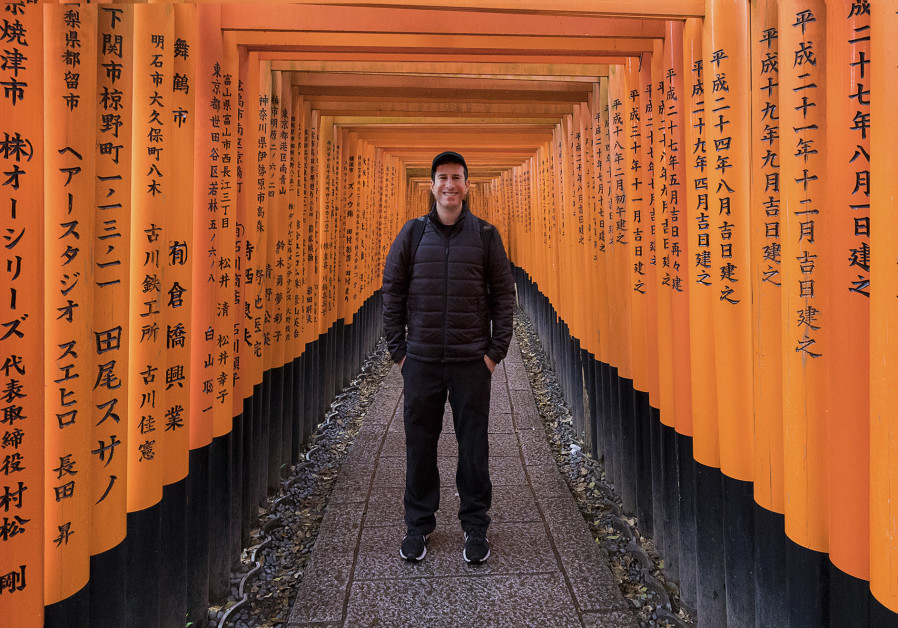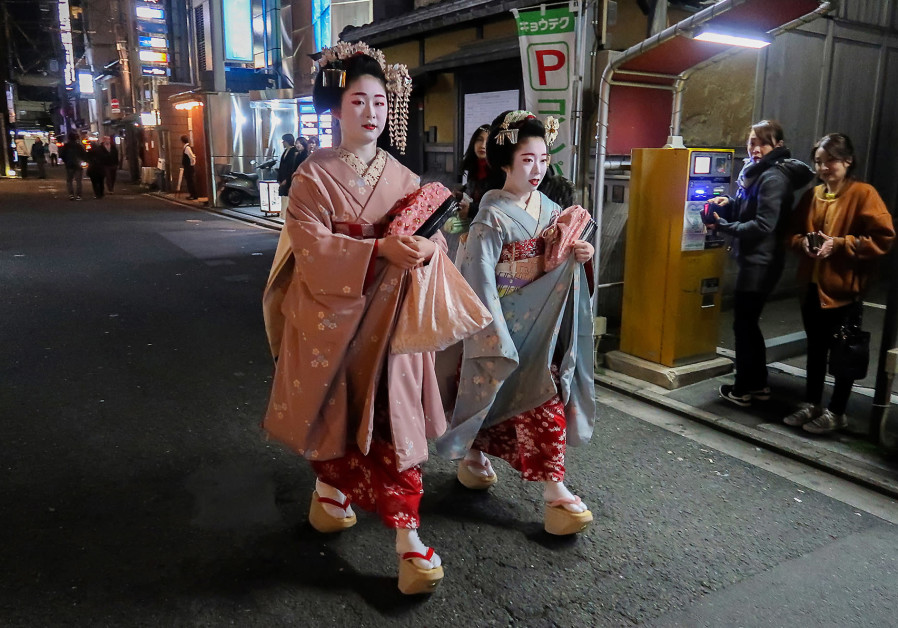In Israel, spring is considered the time of rebirth, when the nation of Israel was freed from slavery, a time when the gloom of winter makes way for brighter days and nature begins to blossom again.
At approximately the same time, on the opposite side of the world, a different type of spring festival takes place, one that in normal years has tens of thousands of tourists flocking to see it: the Japanese Cherry Blossom festival, known as Sakura.
Sakura dates back more than 1,700 years and takes place usually between mid-March and early April. It was originally celebrated only by the elite of the Japanese Imperial Court, later spreading to the samurai, and eventually to the common people as well.

Japan has more than 200 types of cherry trees and the Japanese meteorological agency tracks the status of their blossoms, with nightly forecasts broadcast on all major news networks. The public pays close attention to these forecasts, and turns out in large numbers to hold flower-viewing parties with family and friends.
The clusters of white and pink blossoms are beautiful in daylight, and even more so at night. Many parks and gardens light up their cherry trees after sundown, with the illuminated flowers giving off a magical glow. Kyoto’s traditional architecture provides a unique background to the flowering trees, creating a viewing experience unlike anywhere else in the world.

When it comes to food, Kyoto’s Nishiki Market offers an authentic taste of Japan. The market has been operating for more than 400 years and features more than 100 stalls. A variety of traditional Japanese foods, many of which most westerners have probably never seen before, are on sale. From fermented vegetables in barrels of brine, to grilled seafood and fresh sushi prepared right in front of yours eyes, the market is a mix of mesmerizing sights and smells.
One of the most fascinating foods found in Kyoto is Fugu – the lethally poisonous Puffer fish. Despite its high levels of tetrodotoxin, the inhabitants of Japan have eaten Fugu for centuries. Today, only chefs who have undergone years of rigorous training are allowed to prepare it. Yet, the emperor of Japan is still forbidden to eat Fugu, for his own safety.

Geisha are a class of female entertainers trained in traditional styles of performing arts, such as Japanese dance, music and singing. Their distinct appearance is characterized by long, trailing kimonos, traditional hairstyles and boldly-painted faces. Contrary to popular belief, modern geisha are not prostitutes, and historically most geisha were male, only later becoming a profession dominated by women.
From samurai to modern-day businessmen, geisha have entertained their clients in Kyoto’s traditional teahouses for centuries. Inside each of these buildings is a closed world where the evening’s entertainment may include cocktails, traditional Japanese music, singing and dancing. Today, several geisha have even been classified as “living national treasures,” the highest artistic honor awarded by the government of Japan.
Slightly out of Kyoto’s city center lie many of the area’s most famous shrines and Japanese gardens. One of the most interesting is Fushimi-Inari, which features thousands of orange wooden gates, covered with inscriptions. Together, the gates form brightly colored pathways that lead visitors through the shrine’s lush compound. Its vibrant colors and traditional architecture have made Fushimi-Inari one of the most famous sights in Japan, and it is often featured on television shows and movies.
As spring brings new optimism that life may finally be returning to normal, we can all start dusting off our travel bucket-lists. With so much to see and do, I highly recommend that you include Kyoto in your future plans. I know I will.
